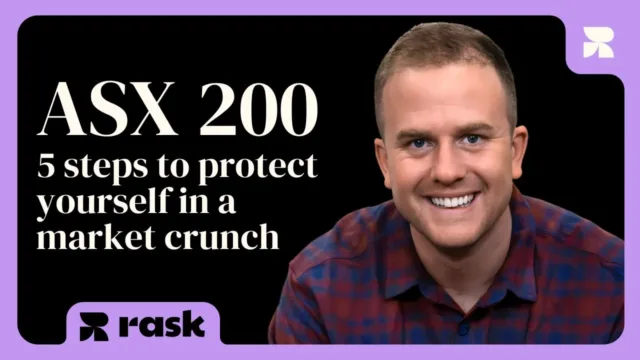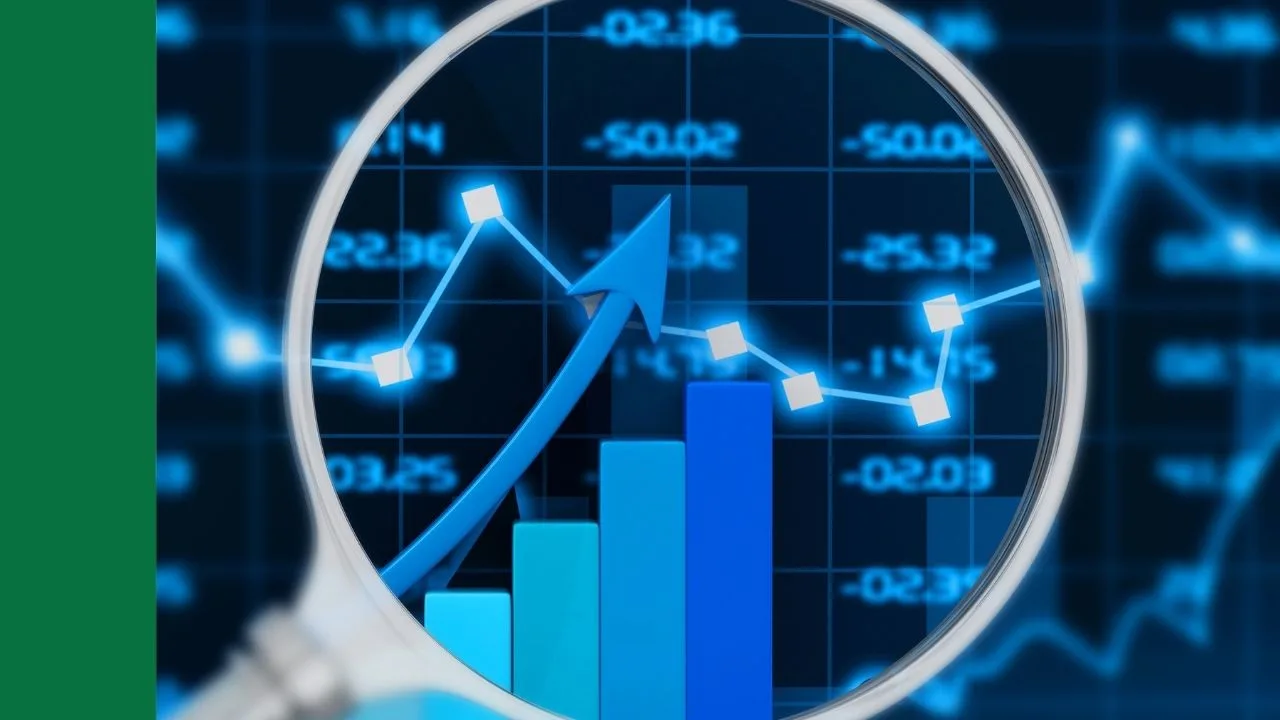The Pro Medicus Limited (ASX:PME) share price is up 165.86% since January 2024. Let’s take a look at why you might want PME shares on your watchlist.
PME share price in focus
Pro Medicus is an established provider of radiology software for hospitals, imaging centres and healthcare groups worldwide.
The Pro Medicus suite of products centres around radiology information systems (RIS), Picture Archiving and Communication Systems (PACS), and advanced visualisation solutions. These products support everything from patient scheduling and billing to fast medical imaging interpretations and analysis, making the company relevant at every stage of the radiology process.
The company’s flagship product is their Visage software, which allows radiologists to view large image files generated by X-rays remotely on mobile devices. This wasn’t previously possible, but it now allows diagnostic decisions to be made on-the-go with the aim of improving patient outcomes.
The key metrics
If you’ve ever tried to read a company’s income statement on the annual report, you’ll know it can get pretty complex. While there are any number of figures you could pull from this statement, three key ones are revenue, gross margin, and profit.
Revenue is important for obvious reasons – everything starts here. If you can’t generate revenue, you can’t generate profit. What we’re concerned about is not so much the absolute number, but the trend. PME last reported an annual revenue of $162m with a compound annual growth rate (CAGR) over the last 3 years of 33.4% per year.
Moving down the income statement, we then get to gross margin. The gross margin tells us how profitable the core products/services are – before you take into account all the overhead costs, how much money does the company make from selling $100 worth of goods or services? PME’s latest reported gross margin was 99.8%.
Finally, we get to profit, arguably the most important figure. Last financial year Pro Medicus Limited reported a profit of $83m. That compares to 3 years ago when they made a profit of $31m, representing a CAGR of 39.0%.
Financial health of PME shares
The next thing we need to consider is the capital ‘health’ of the company. What we’re trying to assess here is whether they’re generating a reasonable return on their equity (the total shareholder value) and have a decent safety buffer. One measure we can look at is net debt. This is simply the total debt minus the company’s cash holdings. In the case of PME, the current net debt sits at -$153m.
A high number here means that a company has a lot of debt which potentially means higher interest payments, greater instability, and higher sensitivity to interest rates. A negative value on the other hand indicates the company has more cash than debt (a useful safety buffer).
However, arguably more important is the debt/equity percentage. This tells us how much debt the company has relative to shareholder ownership. In other words, how leveraged is the company? PME has a debt/equity ratio of 1.1%, which means they have more equity than debt.
Finally, we can look at the return on equity (ROE). The ROE tells us how much profit a company is generating as a percentage of its total equity – high numbers indicate the company is allocating capital well and generating value, while a low number suggests the profits might offer more value if they were paid to shareholders as a dividend. PME generated an ROE of 50.7% in FY24.
What to make of PME shares?
With strong revenue growth over the last 3 years, profits trending upwards, and a solid ROE, PME shares could be worth adding to your ASX share price watchlist.
Please keep in mind this should only be the beginning of your research. It’s important to get a good grasp of the company’s financials and compare it to its peers. It’s also important to make sure the company is priced fairly. To learn more about share price valuation, you can sign up for one of our many free online investing courses.







